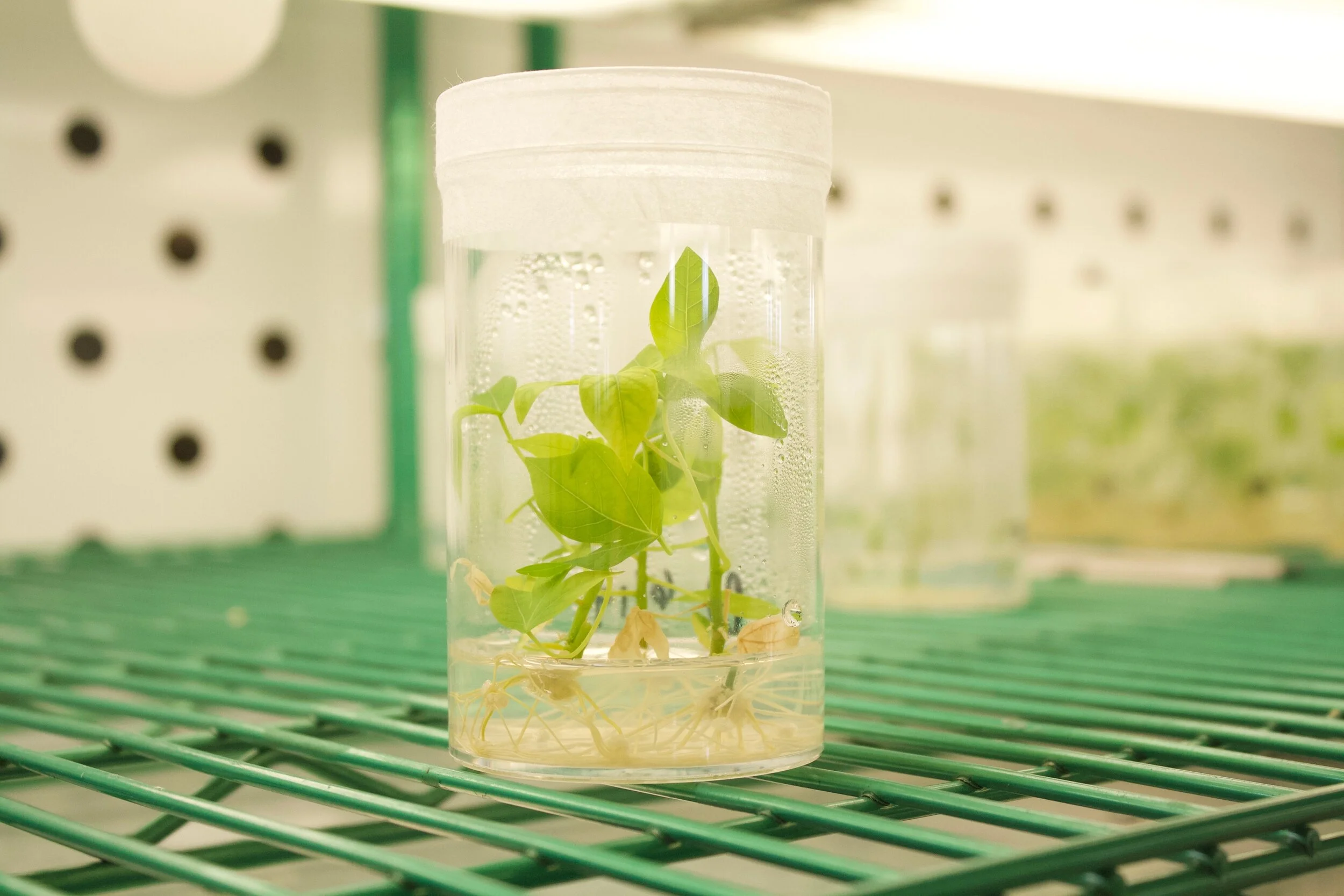

Ursula M Ruiz Vera
“You cannot get through a single day without having an impact on the world around you. What you do makes a difference and you have to decide what kind of a difference you want to make.” —Jane Goodall
Ursula M Ruiz Vera
“You cannot get through a single day without having an impact on the world around you. What you do makes a difference and you have to decide what kind of a difference you want to make.” —Jane Goodall
I am originally from Lima, Peru, thus my native language is Spanish.I have been curious since I was a child, but my interest in science came at a later age, specifically in college. In college, my goal was to learn about the many fields of natural science, so I decided to study Biology, and to volunteer in different laboratories. In doing so, I developed a better view of what my research interests are and the challenges of working with different organisms. From there, I wanted to explore field research methods in various natural environments. This curiosity took me to the desertic cost of Peru to work on studies with coastal animals and cactus. Before finishing my biology degree, I looked for work experience in the Amazon rainforest. Because 60% of the Peruvian territory is covered by the Amazon rainforest, this opportunity was a must-have experience for me. I was fortunate enough to be able to go back to the Amazon rainforest many times to help on ecological projects with plants and animals in very remote areas of my country. Most of these places had no electricity, drinking water, and food stores available; the native people taught me about how to live a simple life. This experience and my time working at the renowned Smithsonian Tropical Research Institute helped me to find my research interest for graduate studies. After seeing the fragility of the forest due to deforestation and human activities, I decided to work in the area of Climate Change. My graduate work studying the effects of Climate Change in plants took me to Urbana-Champaign in Illinois where the oldest Climate Change research facility is located. This facility is focused on studying these effects on crops and it was here that I found a way to combine my research on climate change with my interest in helping food insecure populations like the natives I met in Peru.
As a woman in STEM and a member of a minority group, I understand the importance of empowering women and minorities and advocating for equality. When I was growing up in Peru, science was not emphasized in school, especially not to girls. Now, there are more programs encouraging young scientists in Peru and other countries. It is part of my personal mission to encourage scientists of all backgrounds to advance their careers and pursue their curiosities.
Social media:
About Me
Professionally, I am committed to contributing to a better understanding of the effects of climate change on our society with the goal of improving climate change solutions and adaptation strategies. I believe that if people are aware of how their actions affect the environment they will be able to do more in their daily lives to prevent it. My area of expertise involves the investigation of the impacts of climate change, specifically how elevated CO2 levels and global warming affect the productivity of terrestrial ecosystems, such as agricultural areas. Additionally, improving yields in agriculture under future environmental conditions are also a target of my research. Currently, I am a postdoctoral research associate at the Carl R. Woese Institute for Genomic Biology at the University of Illinois, working with the Energy Bioscience Institute and the RIPE (Realizing Increased Photosynthetic Efficiency) project. My position allows me to work at the intersection of these two topics; providing resources to food insecure populations while reducing atmospheric CO2 levels.
Related links:
In my post-doctoral position at the University of Illinois Urbana- Champaign, I have been studying how photosynthesis can be improved to achieve higher crop productivity under future climate conditions. For example, with the increase of carbon dioxide in the atmosphere, C3 plants will tend to have higher photosynthesis and consequently higher yields. However, plants might not be able to utilize all the additional carbohydrates formed by photosynthesis and distribute it to the edible part of the plant. Understanding which processes can limit photosynthesis and how the source-sink relationship is altered under elevated [CO2] conditions has been the main focus of my postdoctoral research. This research can not be done without the collaboration of other researchers and assistants. Thus, another aspect I enjoy is helping students develop skills through research that they can use in their professional and personal life. Finally, I love to integrate technological advances in the field of plant sciences into my research because I believe technology can help us achieve the goal of feeding more people in the future, while taking care of our planet.

